Artist in Residence: Inside the world of illustrator Greg Manchess
The artist opens up his Long Island studio space packed full of inspirational goodies.
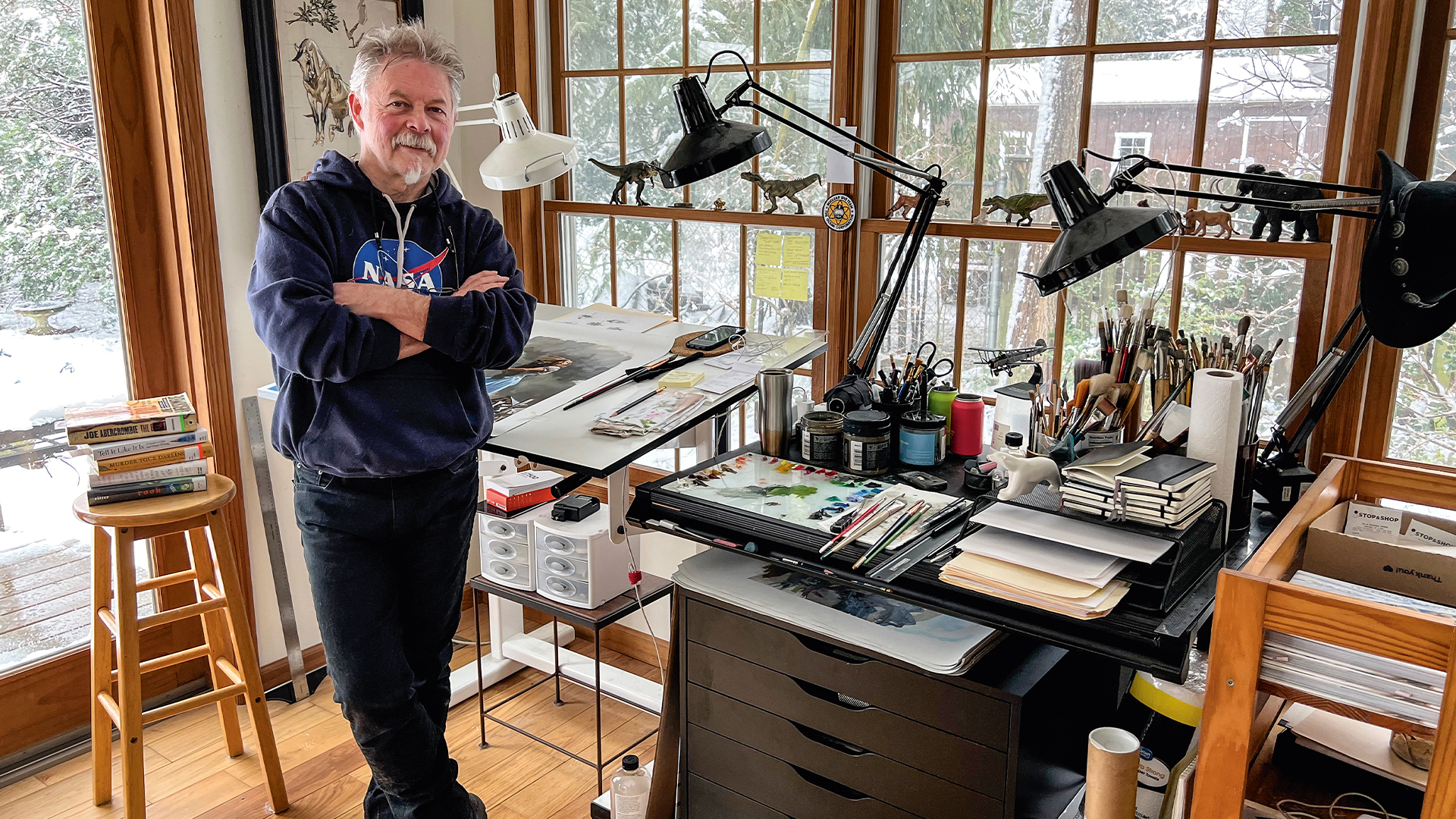
My studio is in a small island house built in 1940, with no room for easels or even large wall space. But the back end is full of windows, and I love working in the light. I have to block direct sunlight with a piece of cardboard, but on overcast days the light is just right. I can look out across a farm field and a bank of trees filled with squirrels, chipmunks, and a variety of bird life. You know when the hawks come through as every creature freezes in place, and then they all scatter.
If you're a budding illustrator, check out our guide to the best drawing tablets and monitors for graphic artists. For the traditional artists out there, take a look at our guide to the best art supplies to get set up with the top kit for all your future projects.
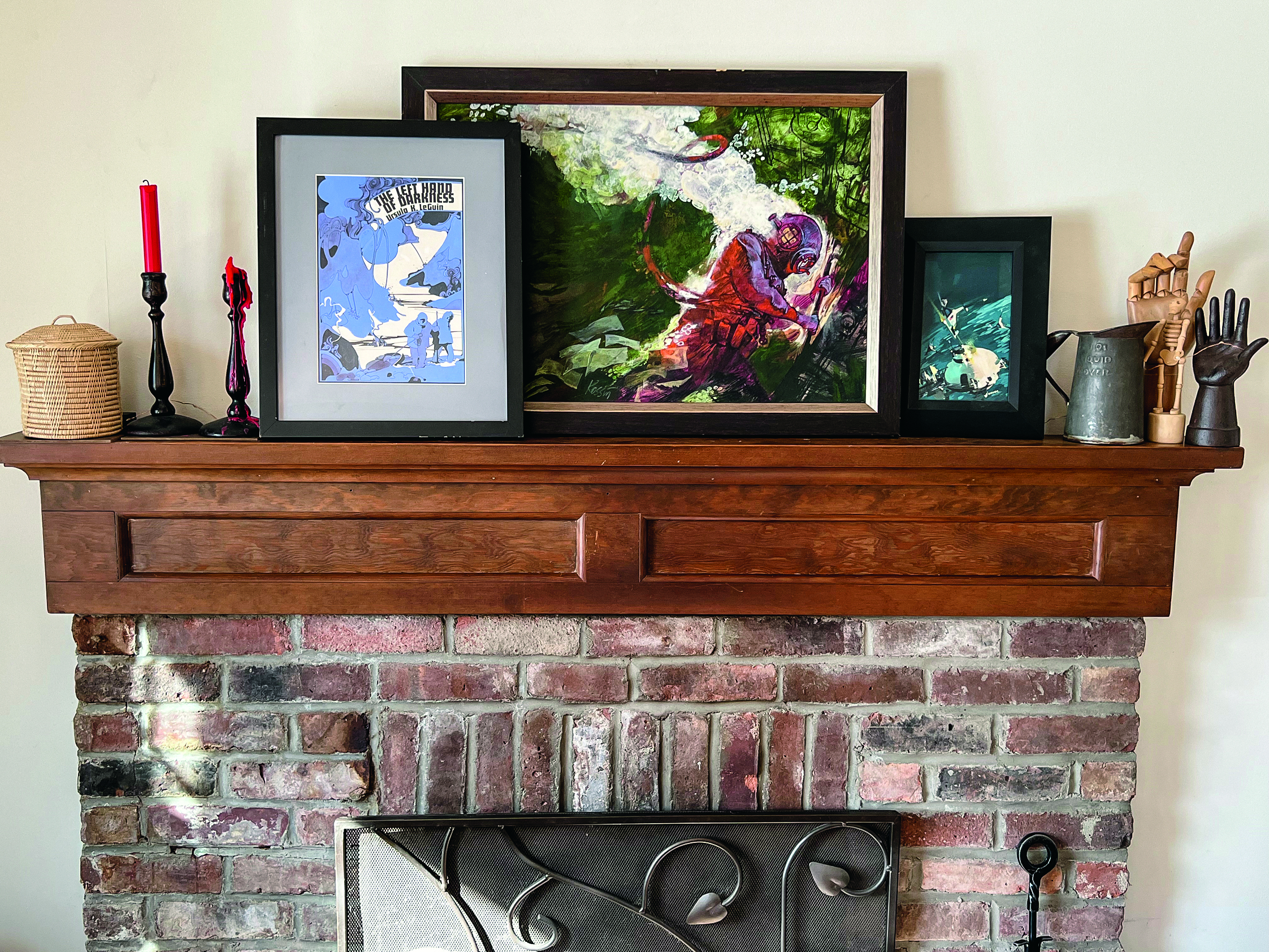
I have my lamps for painting at night, and a drafting table that can handle my larger canvases. Artists generally only paint in certain sections at a time anyway, so I can roll the canvas back and forth across the table to accommodate. I like to work flat on a hard surface, at a gentle tilt. I stand to paint like one might at an easel, but the angle is much easier on my neck, and I can see large parts of the painting all at once.
I paint primarily using oils on pre-primed linen, and lately polyester. I can store loads of paintings in one drawer because I don’t use stretcher bars, as I don’t like the bounce of a stretched canvas. You only need stretchers to prime the fabric you’re going to work on. Don’t think that you have to keep it on the stretchers. Once it’s dry, you can take it off. That way, when shipping to get them scanned, I roll the paintings image side out and insert them in a thick tube. It’s really fast and very protective.
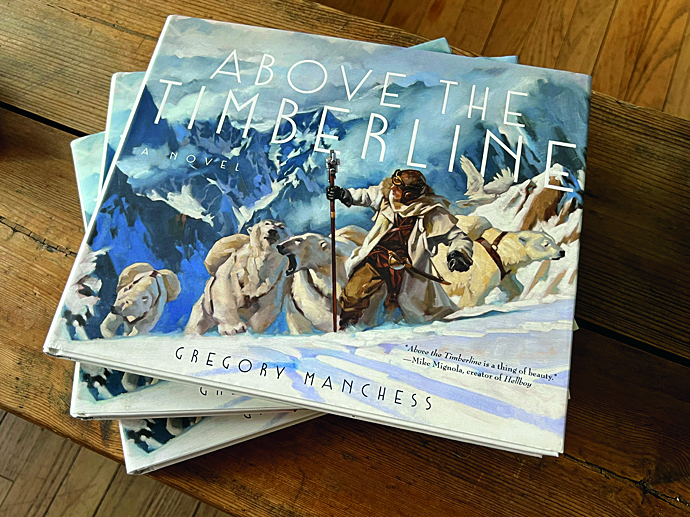
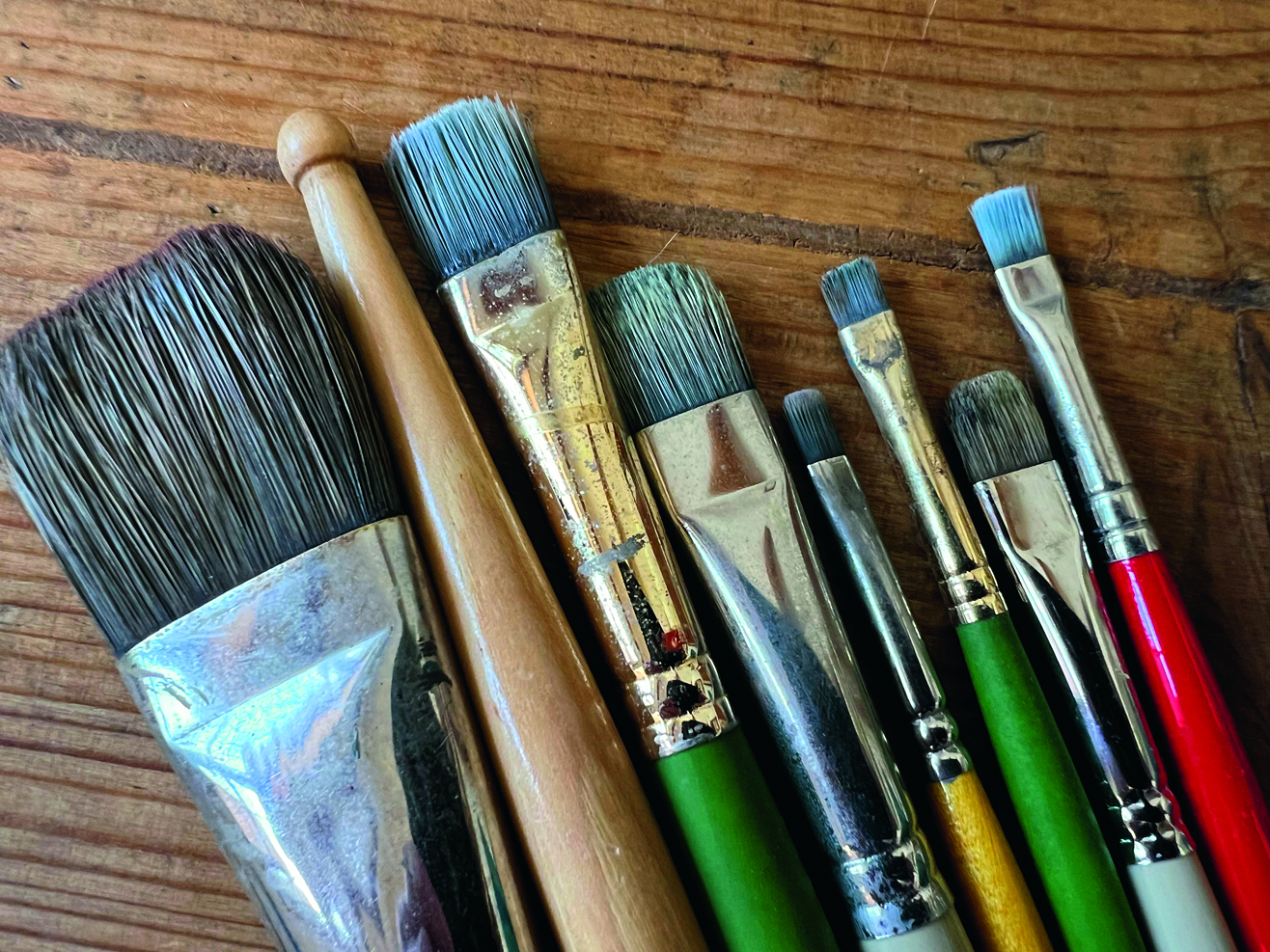
I’ve learned through long years of experience that there’s no ‘right way’ to paint. Sure, there are efficient ways, but it’s not like we’re supposed to follow someone else’s rules about it. Painting is a very personal, expressive endeavour of laying down pigment. Aren’t we supposed to be breaking rules and being creative anyway? Once you’ve gotten some simple basics down for how to go about it, then build your own method!
It’s the image that communicates, no matter how it’s created. Worry less, paint more. My studio is like that: feel it first. It’s not perfect, but I’ve learned that what’s important is the comfort; Scandinavians call it ‘hygge’. You’ll paint better if you’re comfortable, but it doesn’t have to be big or perfect.
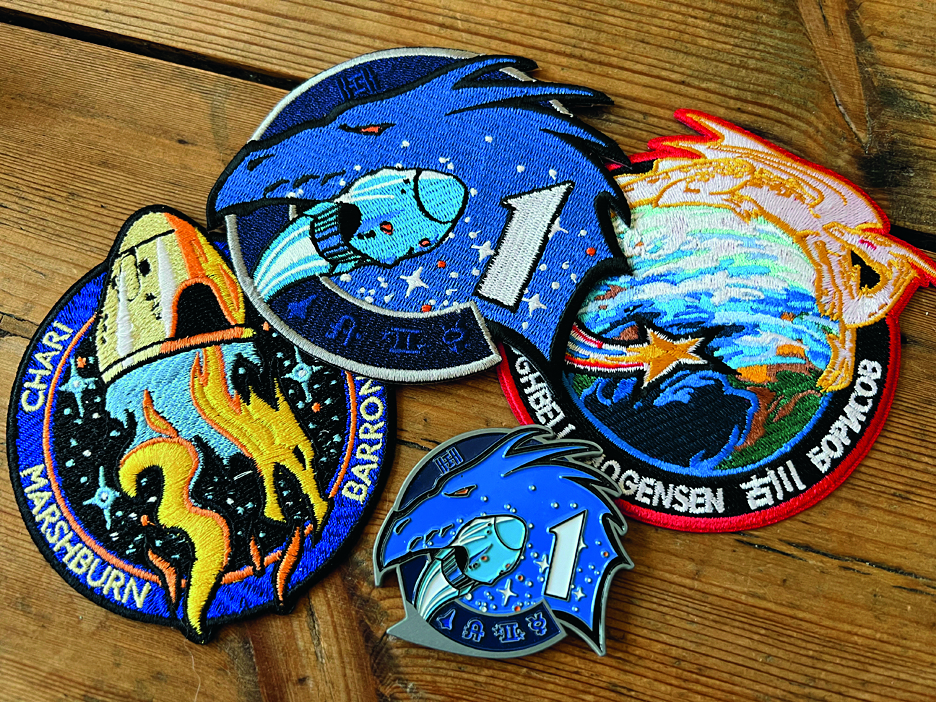
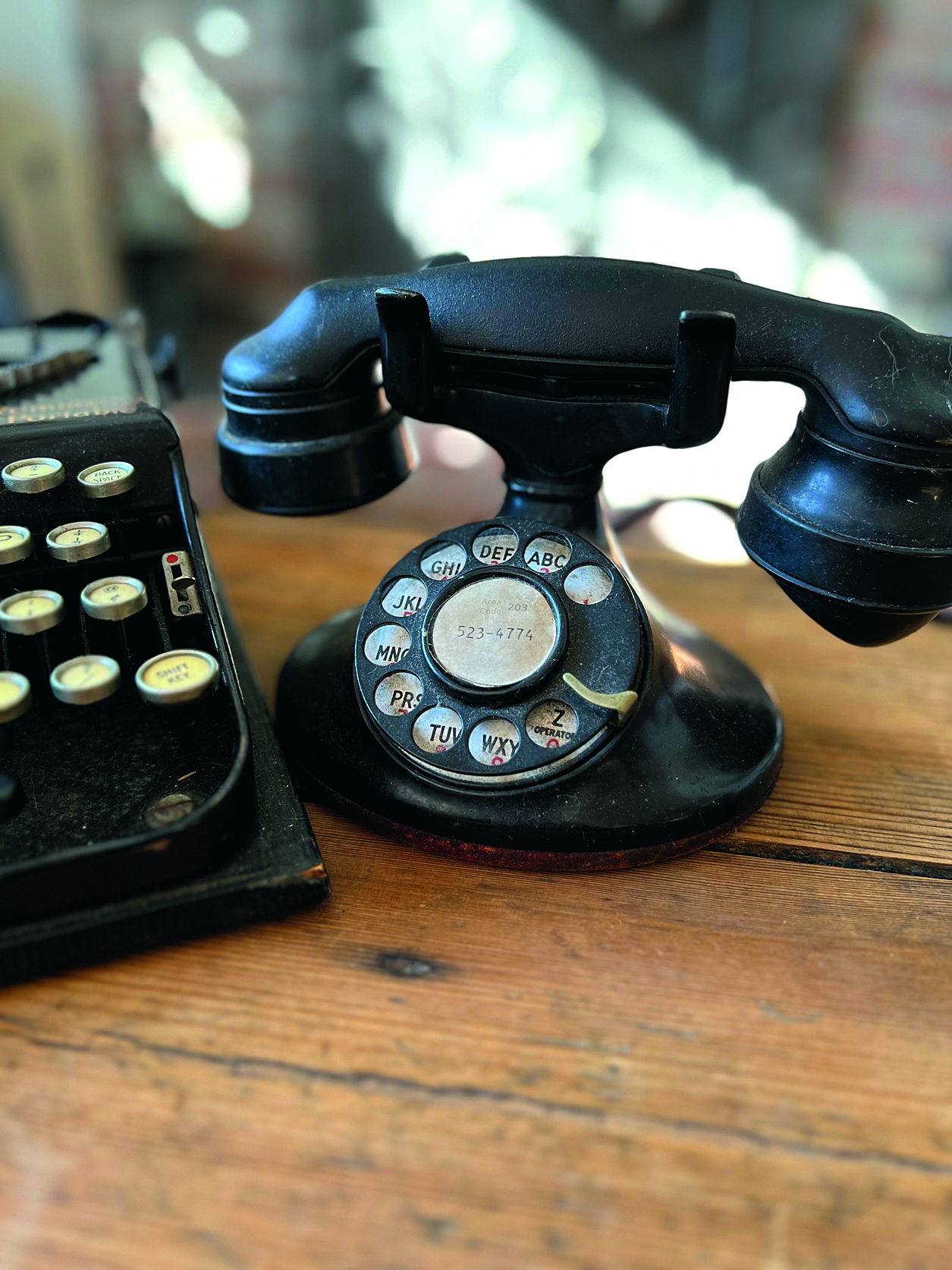
Being forced into a space that I like to dream in allows me to think bigger, to push ideas larger than the space around me. It helps me remember to make images and attempt things on a grand scale.
Daily design news, reviews, how-tos and more, as picked by the editors.
Discover more of Greg's artwork below
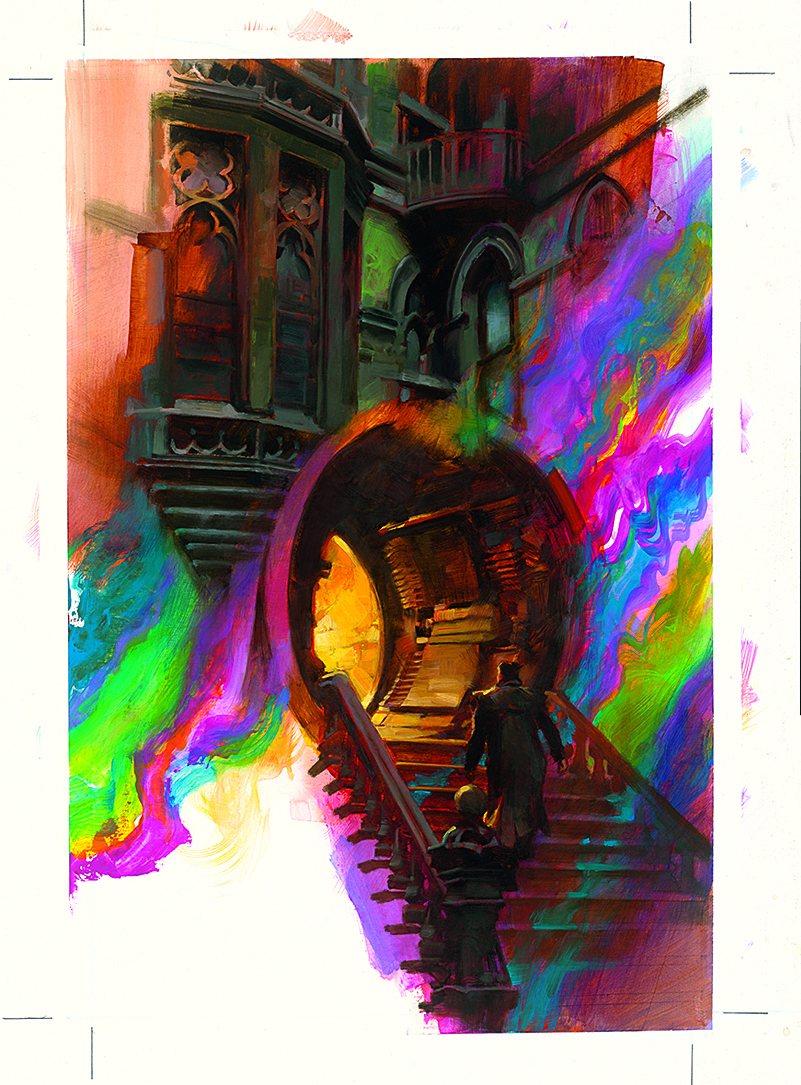
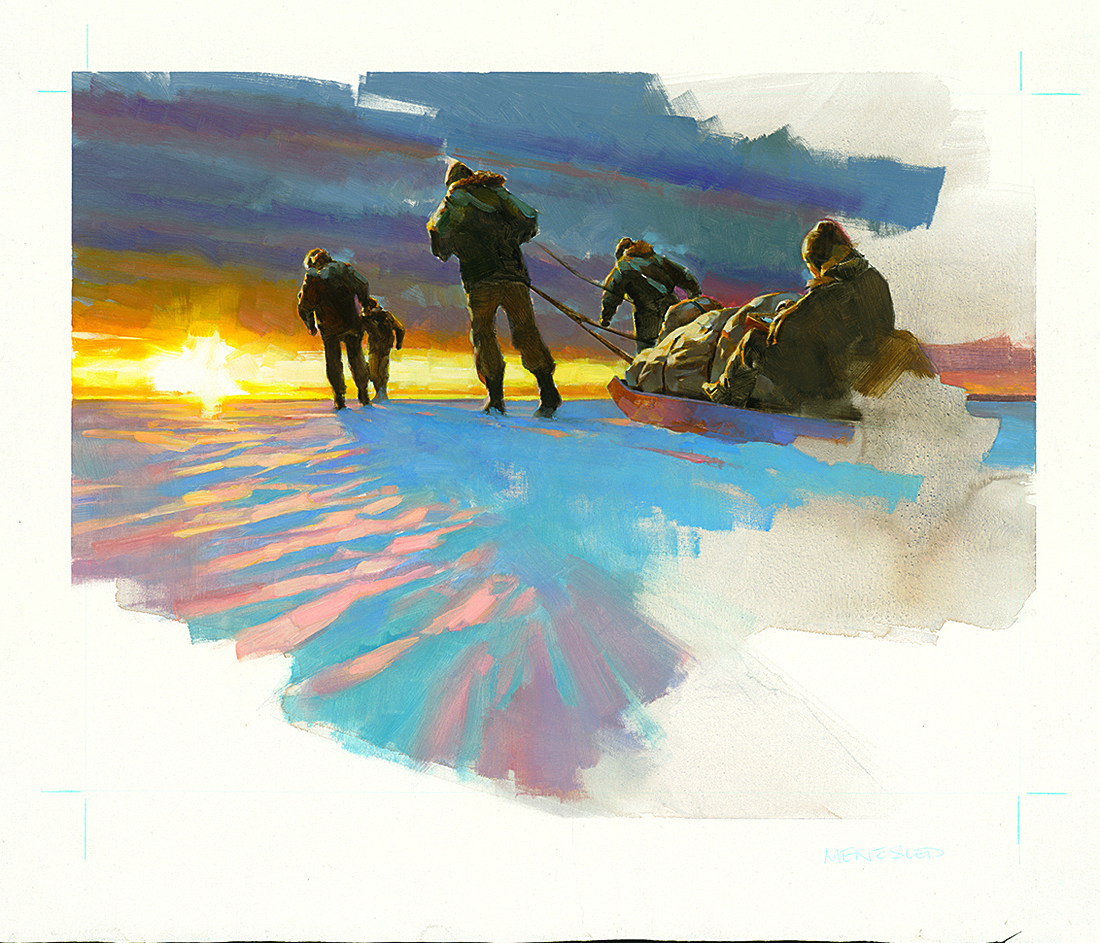
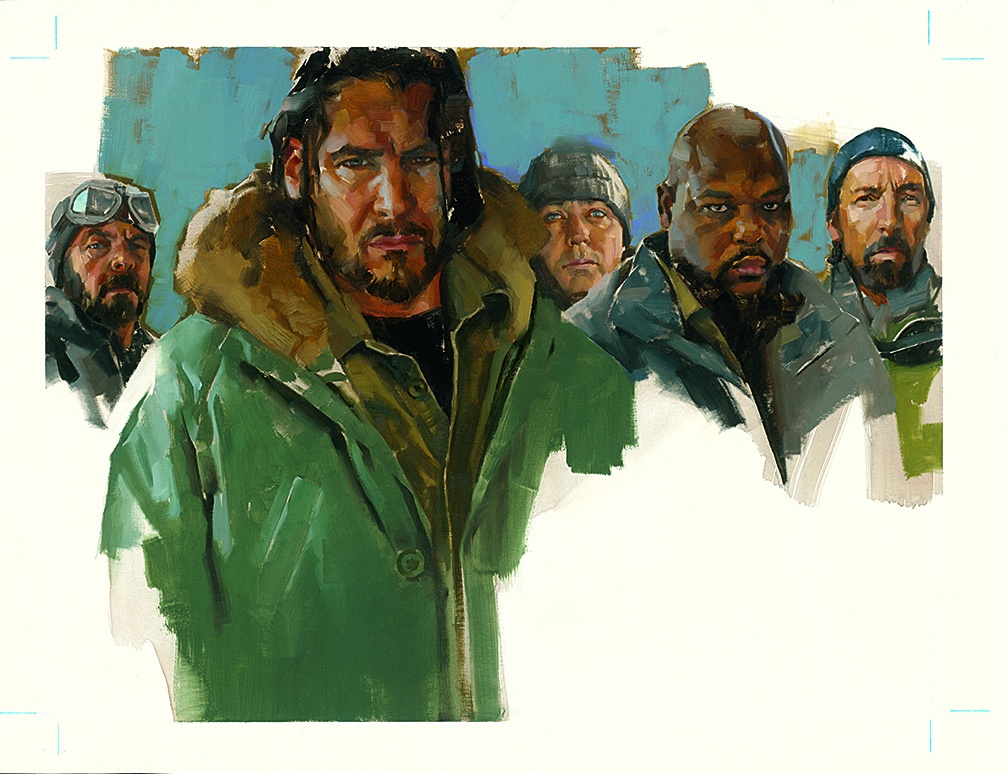
This content originally appeared in ImagineFX magazine, the world's leading digital art and fantasy art magazine. ImagineFX is on sale in the UK, Europe, United States, Canada, Australia and more. Limited numbers of ImagineFX print editions are available for delivery from our online store (the shipping costs are included in all prices).

ImagineFX is the No.1 selling digital art magazine for fantasy and sci-fi enthusiasts! Featuring digital and traditional drawing skills, game design, manga and film art each issue is crammed with training and inspiration from leading artists in their fields. Whether it's learning from comic art's Adam Hughes, fantasy art's John Howe, or digital painting's Loish, ImagineFX has you covered. ImagineFX has been inspiring artists for over 15 years!
